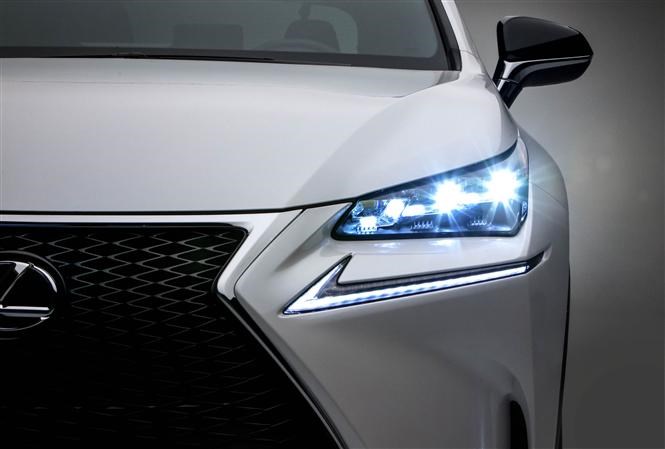Headlights are an easy thing to take for granted, but there’s a lot more to them than meets the eye.
Technology in this field is moving very quickly indeed as manufacturers constantly struggle to find ways of making cars safer. New intelligent systems are filtering down on to mainstream models now, offering the ultimate in automation and taking more responsibility away from the driver.
As with any new tech, there’s a host of new names and phrases to get your head around. In this article we take you through the most common you’re likely to come across when buying a new car.
Automatic high beam headlights
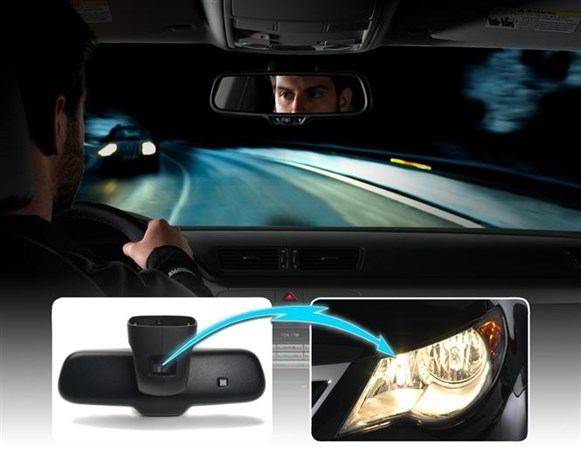
Takes over the high beam headlight function – will automatically switch from high to dipped-beam if a car is detected in the headlights’ range.
Cornering headlights
.jpg)
These use small electric motors to rotate the headlights in the direction the car is driving, which means more visibility when driving over winding roads at night. The light effectively guides you into the curve. They can also include systems to raising and dipping the beam at various speeds, so high-speed driving gets more illumination and lower-speed situations such as city driving get a wide spread of light.
Daytime running lights
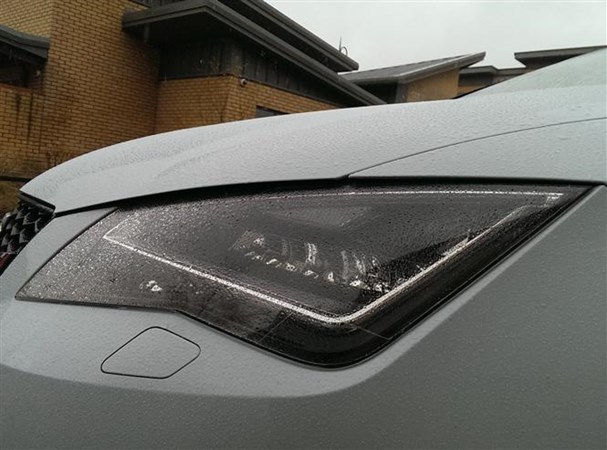
Low-energy front lights that adorn all new cars and are on all the time. Became mandatory in February 2011, and many firms use them as part of the design of the front of the car.
Directional indicators
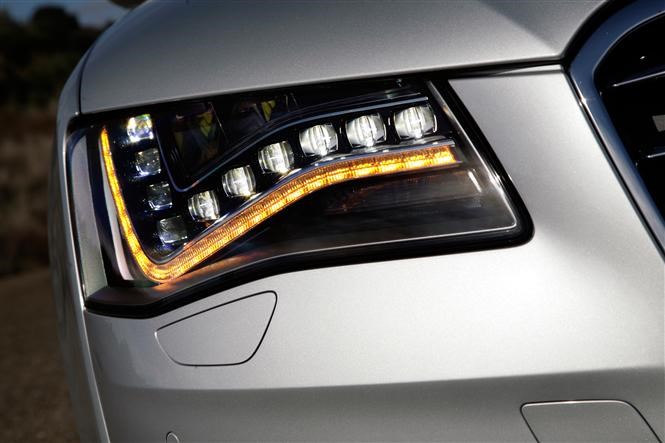
A strip of light moves from one side of the indicator to the other, making it more obvious than ever which way the driver is intending to go.
Front fog lights
.jpg)
Found on most new cars, these are a pair of small lights which illuminate a wide area close to the front of the car. They should only be used in foggy or poor-visibility conditions, and should be switched off when not required.
Dipped headlights
What are dipped headlights, I hear you ask, and when should I use dipped headlights? They are the step between sidelights and main beam headlights, used at night to avoid dazzling other road users. Turn your main beams on when the road ahead is clear, but if a car is ahead of you, or coming towards you, turn your headlights back to dipped.
Dipped headlights will give you a lot more visibility at night than your sidelights or daytime running lights.
Halogen headlights
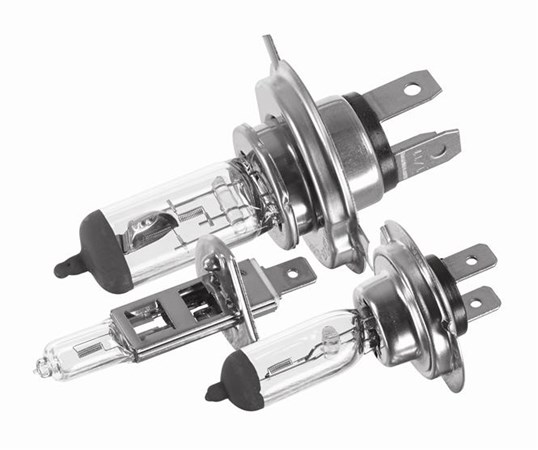
These are bulbs containing halogen gas and a thin tungsten filament. While they’re not all that bright, they do last a long time and don’t cost much to replace, which means they’re a popular solution.
LED headlights
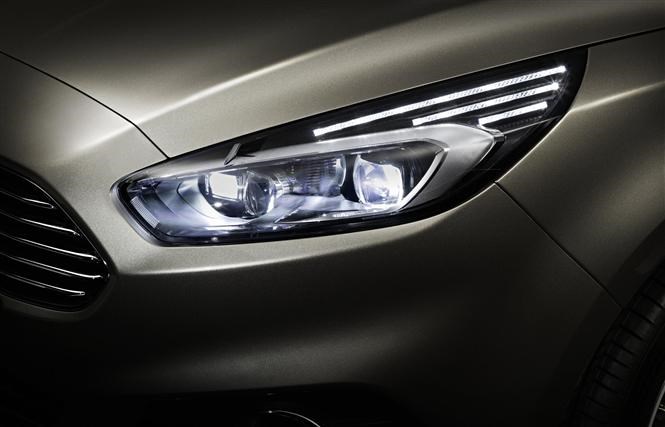
This is our choice of lighting technology. Audi’s Matrix LED headlights and Mercedes-Benz’s Multibeam LED Intelligent Lighting System are widely regarded to be right at the forefront of the industry.
Effectively a set of individual LED lights, this clever system uses a camera to sense cars and prevent light from blinding them. It can send light all around a given vehicle without shining directly into another driver’s eyes since the LEDs function independently, so can be switched off if required. This means it’s possible to drive around with main beam headlights on all the time, as the car will deal with the rest. It only works at higher speeds, though. You’ll need the car’s light switch set to automatic and the high-beam headlights on for this to function.
It’s possible for LED headlights to take the place of front foglights, meaning a less cluttered front bumper.
The drawbacks of LED lighting include the requirement for extra cooling and the higher costs associated with production, but the pay-off is they require little energy to work and they’re very compact, meaning clever packaging is possible.
Light-sensing headlights
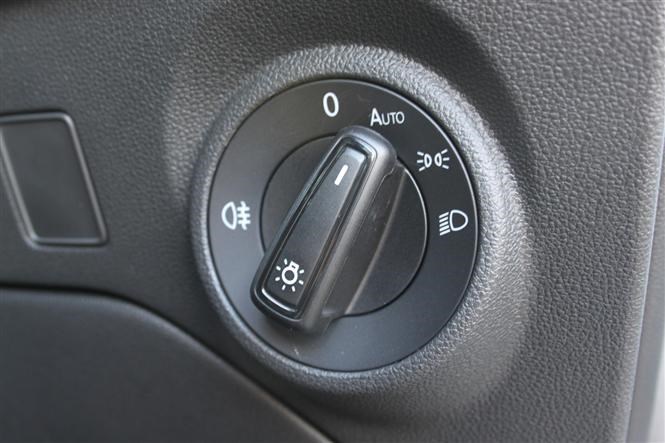
These are lights that come on automatically when it gets dark. They’re also known as automatic or dusk-sensing.
While they will come on when it gets dark, they won’t come on with the windscreen wipers so you’ll have to operate them manually if it rains.
Xenon or Bi-Xenon headlights
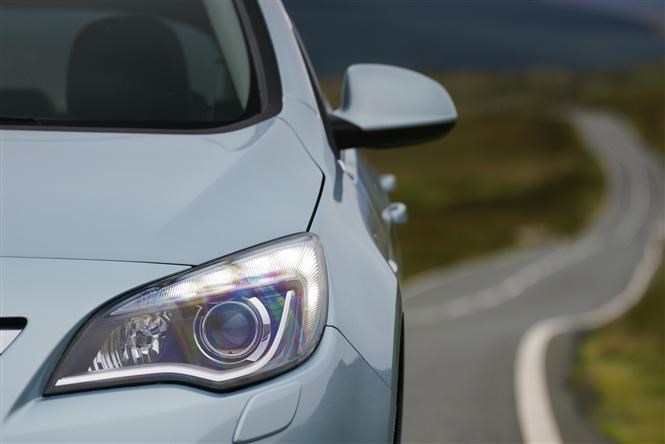
Emitting a clear white light, these lights use Xenon gas to create an electric arc of current between two electrodes so there’s no need for a filament.
They typically last longer than halogen lights but are more expensive too. The only difference between Xenon and Bi-xenon is the number of bulbs used; the former has two bulbs and the latter one.
And in the future…
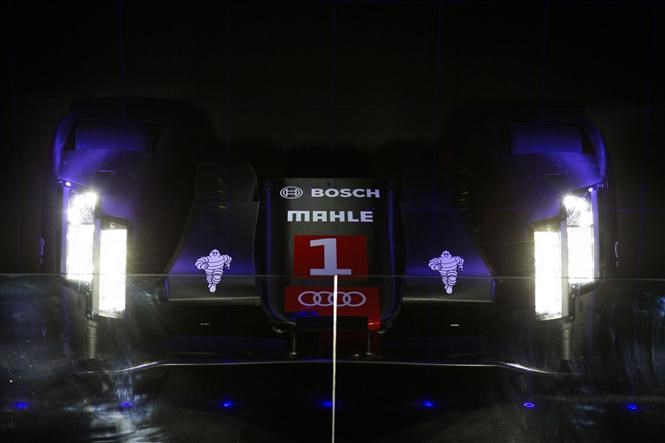
It’s likely that soon we’ll see the introduction of the next generation of headlight technology – Laser. Currently being developed in motor racing, laser diodes (the bit that shines) are capable of around twice the range and three times the illumination of LED lights. They’re far smaller, too.



